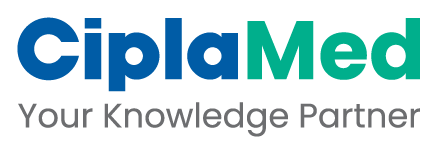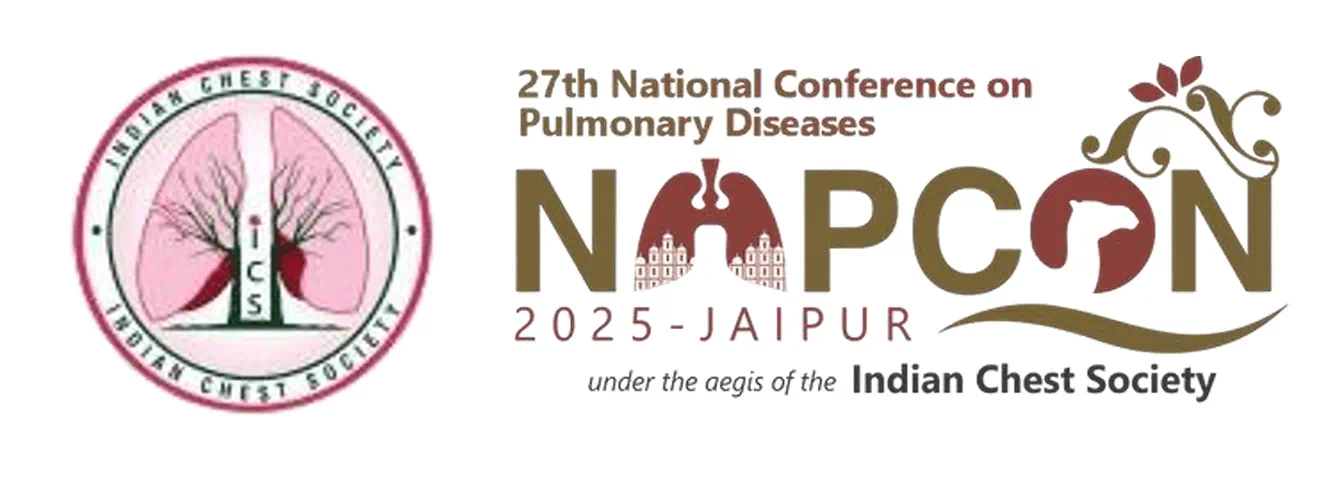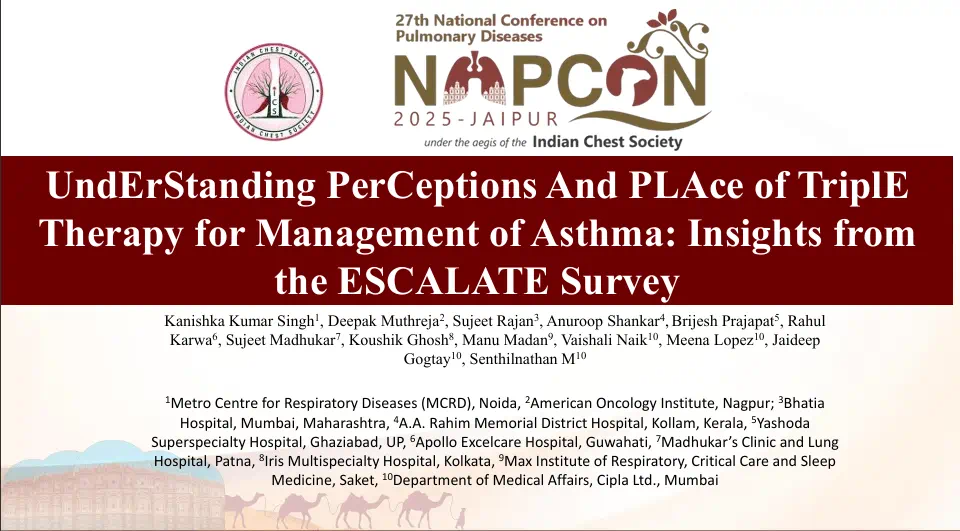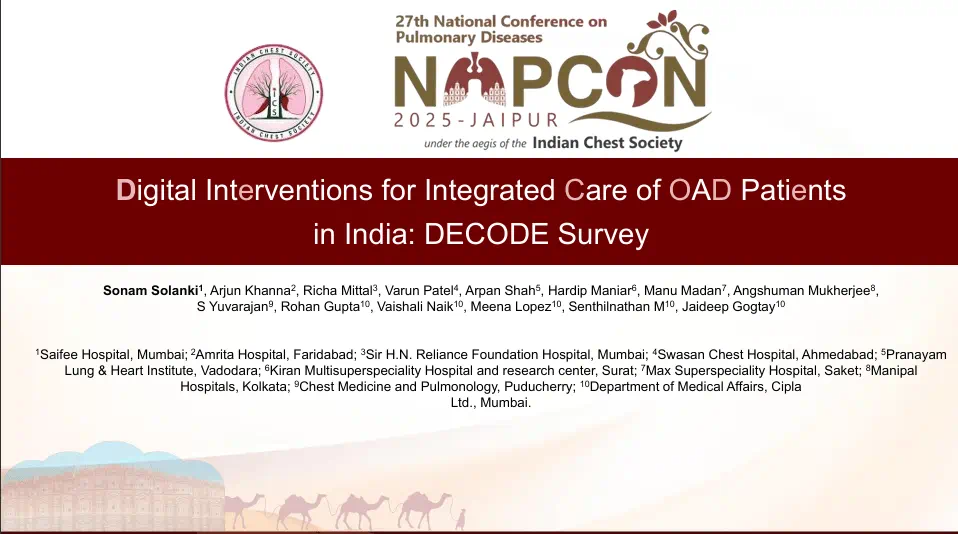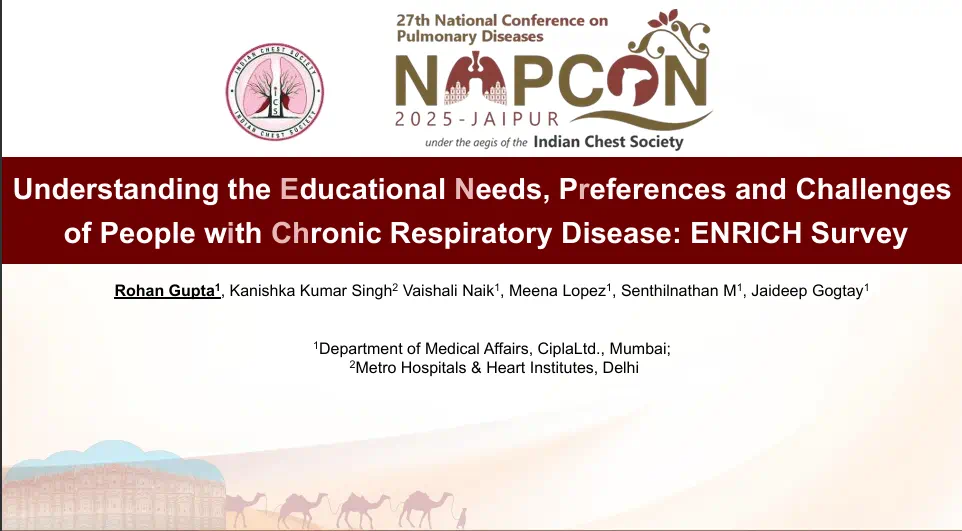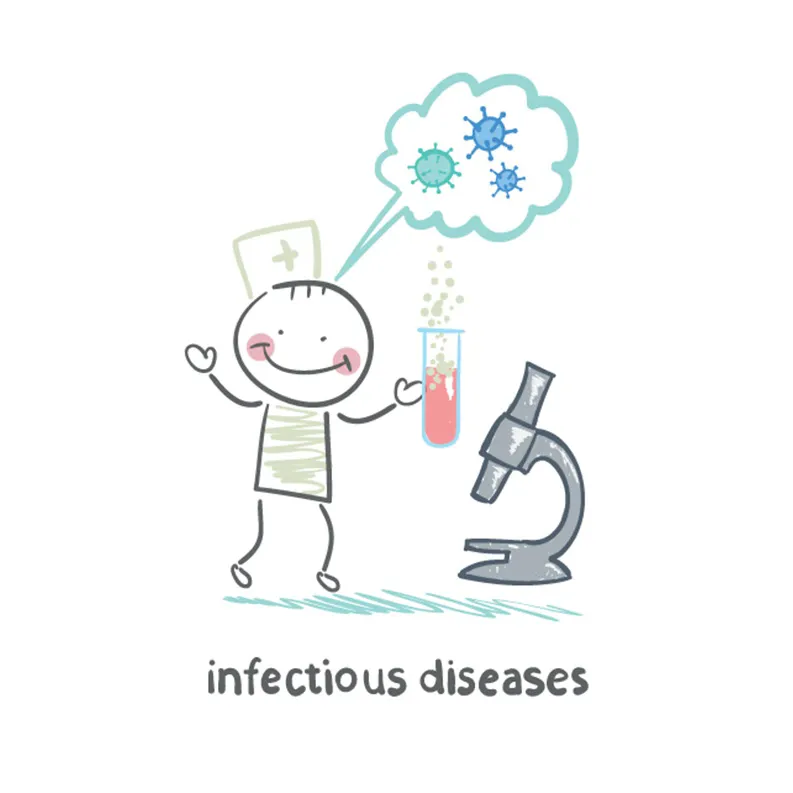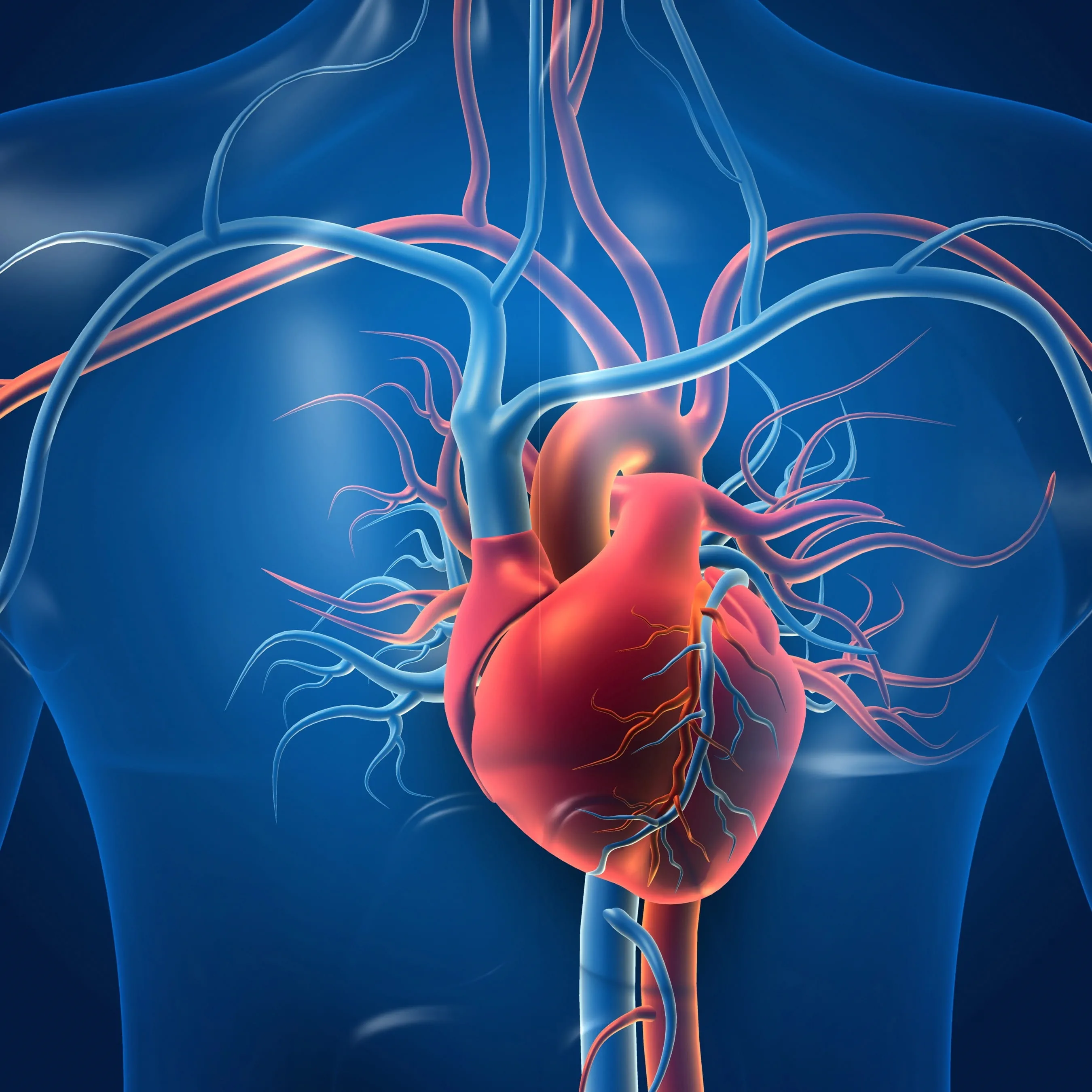Montelukast in Combination with Levocetirizine vs Montelukast Monotherapy in Children with AR
Introduction
Allergic rhinitis (AR) is among the most prevalent allergic conditions, impacting a large number of children. The burden of the disease increases significantly when AR is accompanied by asthma or nonspecific bronchial hyperresponsiveness. Scientific evidence supports the use of montelukast in AR as well as asthma management. Montelukast is associated with notable reductions in daytime and nighttime symptoms in AR. Levocetirizine has also been very effective in reducing nasal congestion and improving the quality of life in patients with AR. Combining the therapeutic effects of both these drugs might have better clinical outcomes instead of monotherapy.
Aim
To compare the safety and efficacy of a fixed-dose combination of montelukast and levocetirizine with montelukast monotherapy in pediatric patients with AR
Method
Study Design
- Multicenter, randomized, open-label, controlled clinical study
Treatment Strategy
- Cohort comprised children aged 6 to 14 years with perennial AR symptoms
- The daytime nasal symptom score (DNSS) and nighttime nasal symptom score (NNSS) was recorded
- Those children who maintained the diary for 4 days with a mean DNSS of 6 or more were eligible
- A total of 176 children were randomized into either mont+levo group (fixed-dose combination of montelukast [5 mg] + levocetirizine [5 mg]) or the mont group (montelukast single agent [5 mg])
- They received treatment every evening for 4 weeks and recorded their DNSS and NNSS in a daily diary
- The statistical analysis set for evaluation of efficacy was classified as full analysis set (FAS) and per protocol set (PPS)
Endpoints
- DNSS – for assessment of 4 main symptoms; nasal congestion, rhinorrhea, pruritus and sneezing
- NNSS – for assessment of 3 symptoms; severity of a stuffy nose when awake, severity of sleep disturbance and severity of nighttime awakenings
- Quality-of-life (QoL) based on Pediatric Rhinoconjunctivitis Quality of Life Questionnaire (PRQLQ)
- Adverse events (AEs)
Results
- There were significant reductions in the DNSS and NNSS in the mont+levo group as compared to mont group as seen in Table 1.
- Daytime nasal congestion symptom scores and rhinorrhea symptom scores decreased more in the mont+levo group during the 4-week treatment period than in the mont group as seen in Table 1.
- There were no remarkable differences in the DNSSs with reference to pruritus and sneezing
- The reduction in the nighttime nasal congestion score (severity when awake) was more pronounced in the mont+levo group than in the mont group as seen in Table 1.
- Mont+levo group reported a greater improvement in QoL as seen in Table 1.
Table 1. Mean change in score from baseline to end of treatment period (week 4)
Mean change from baseline to week 4 in
Mont+Levo group
Mont group
Between-group difference
P value
DNSS
-1.27+0.65
-1.13+0.63
-0.14+0.64
0.0905
Daytime nasal congestion score
-1.3+0.98
-1.04+0.91
-0.26+0.94
0.0341
Daytime rhinorrhea score
-1.3+0.92
-1.06+0.82
-0.24+0.87
0.0469
NNSS
-1.1+0.8
-0.87+0.8
-0.23+0.80
0.0523
Severity of nasal congestion when awake
-1.14+1.05
-0.74+1.06
-0.39+1.06
0.0381
- In the FAS, at least 1 AE was experienced by 5.6% in the mont+levo group and 15.8% in the mont group
- Treatment evaluation scores by the subjects as well as the investigators were higher for combination therapy
Conclusion
- The combination of montelukast and levocetirizine was found to be more effective than monotherapy in reducing both daytime nasal symptoms (nasal congestion and rhinorrhea) and nighttime nasal symptoms (severity of nasal congestion when awake) in children with perennial allergic rhinitis
- Combination therapy was also associated with a lower incidence of adverse effects and higher patient satisfaction rates
Allergy Asthma Immunol Res. 2024 Nov; 16(6):652–667.

